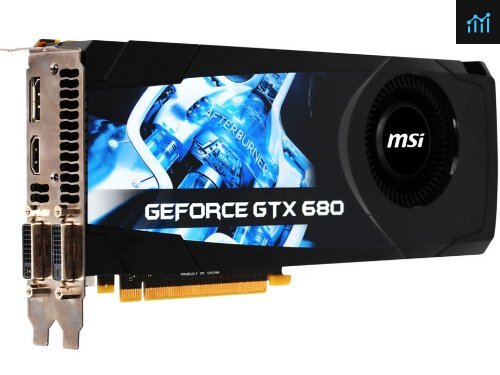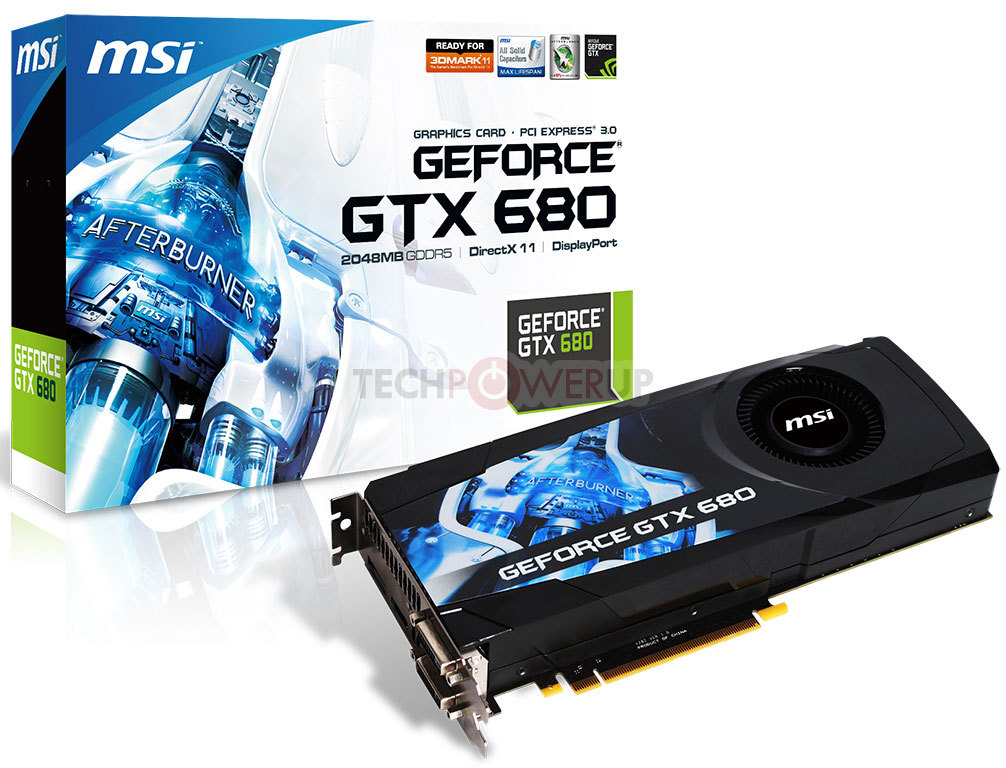

Starting from the top, GTX 680 features a fully enabled GK104 GPU – unlike the first generation of Fermi products there are no shenanigans with disabled units here. With Kepler what we’re ultimately looking at is a die shrunk distillation of Fermi, and in the case of GK104 that’s specifically a distillation of GF114 rather than GF110. To be sure there are some very important changes, but at a high level the workings of Kepler have not significantly changed compared to Fermi. Unlike Fermi or AMD’s GCN, Kepler is not a brand new architecture.
NVIDIA GTX 680 REVIEWS FULL
As such this is the first NVIDIA launch where we’re not in a position to talk about the ramifications for Tesla or Quadro, or really for that matter what NVIDIA’s peak performance for this generation might be.Īnyhow, we’ll jump into the full architectural details of GK104 in a bit, but let’s quickly talk about the specs first.

At 294mm2 GK104 is not Big Kepler, and while NVIDIA doesn’t comment on unannounced products, somewhere in the bowels of NVIDIA Big Kepler certainly lives, waiting for its day in the sun. Since the days of the G80, NVIDIA has always produced a large 500mm2+ GPU to serve both as a flagship GPU for their consumer lines and the fundamental GPU for their Quadro and Tesla lines, and have always launched with that big GPU first. What you won’t find today however – and in a significant departure from NVIDIA’s previous launches – is Big Kepler. While NVIDIA is not like AMD in that they don’t announce products ahead of time, it’s a sure bet that we’ll eventually see GK107 move up to the desktop and GK104 move down to laptops in the future. Meanwhile in the mobile space we have the GT640M, which is based on the GK107 GPU. On the desktop we have the GTX 680, based on the GK104 GPU. Technically speaking Kepler’s launch today is a double launch. As we’ll see, not only has NVIDIA retaken the performance crown with the GeForce GTX 680, but they have done so in a manner truly befitting of their drive for efficiency. Launching today is the GeForce GTX 680, at the heart of which is NVIDIA’s new GK104 GPU, based on their equally new Kepler architecture. The end result of which is NVIDIA’s next generation GPU architecture: Kepler. With a focus on efficiency, NVIDIA has stripped Fermi down to the core and then built it back up again reducing power consumption and die size alike, all while maintaining most of the aspects we’ve come to know with Fermi. So how do you follow up on Fermi? As it turns out, you follow it up with something that is in many ways more of the same. Though it was a very clearly a rough start for NVIDIA, Fermi ended up doing quite well in the end.
NVIDIA GTX 680 REVIEWS PROFESSIONAL
With Fermi NVIDIA not only captured the performance crown for gaming, but they managed to further build on their success in the professional markets with Tesla and Quadro. “How do you follow up on Fermi?” That’s the question we had going into NVIDIA’s press briefing for the GeForce GTX 680 and the Kepler architecture earlier this month.


 0 kommentar(er)
0 kommentar(er)
